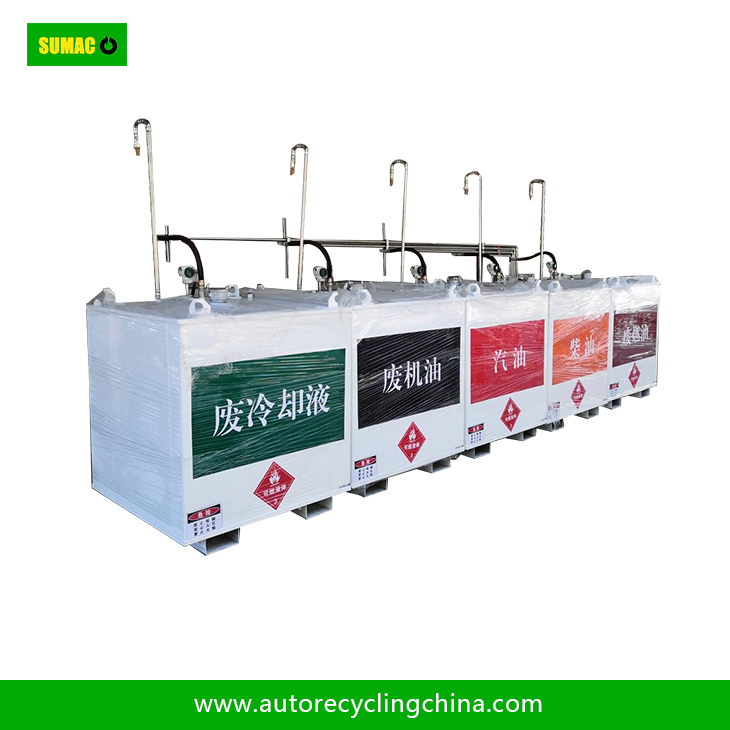What are the fire prevention measures for Steel Diesel Fuel Storage Tank
2025-05-10
Leave a message
Steel Diesel Fuel Storage Tanks require a comprehensive set of fire prevention measures to safeguard against potential disasters. Here are the key strategies:
Structural Fire Protection
The tank itself should be constructed from fire - resistant materials. High - grade steel with appropriate thickness and heat - resistant coatings can enhance its ability to withstand high temperatures without immediate structural failure. Additionally, installing a fire - resistant insulation layer around the tank helps to slow down the heat transfer in case of a fire, protecting the integrity of the tank and reducing the risk of fuel ignition.
Vapor Control
Diesel fuel emits flammable vapors that can easily ignite. To prevent this, effective vapor recovery systems should be installed. These systems capture and condense the vapors, either for reuse or safe disposal. Venting systems should also be designed with flame arrestors, which prevent the spread of flames back into the tank by interrupting the combustion process. Regular inspection and maintenance of these systems ensure their proper functioning.
Fire Detection and Alarm
Sophisticated fire detection systems are essential. Installing heat sensors, smoke detectors, and flame detectors around the tank area can quickly identify the onset of a fire. These detectors are connected to an alarm system that notifies the facility operators and, if necessary, the local fire department. Some advanced systems can also integrate with automated shutdown mechanisms to stop fuel transfer operations immediately upon detecting a fire.
Fire Suppression Systems
A reliable fire suppression system is a must - have. Fixed foam - based fire suppression systems are commonly used for diesel fuel storage tanks. Foam can blanket the fuel surface, smothering the fire by cutting off the oxygen supply. Sprinkler systems are also beneficial, especially for cooling the tank and preventing the fire from spreading to adjacent structures. In addition, having portable fire extinguishers readily available in the vicinity allows for quick initial response to small fires.
Emergency Response Planning
Developing and regularly practicing an emergency response plan is crucial. This plan should detail the steps to be taken in case of a fire, including evacuation procedures, communication protocols, and coordination with emergency responders. Training employees on fire prevention and response measures ensures that they can act promptly and safely during an emergency.
Security and Access Control
Limiting access to the tank area helps prevent unauthorized entry and potential accidental or malicious ignition sources. Installing fences, security gates, and surveillance cameras can deter trespassers. Additionally, proper signage indicating fire - related hazards and restricted areas further reinforces safety awareness


